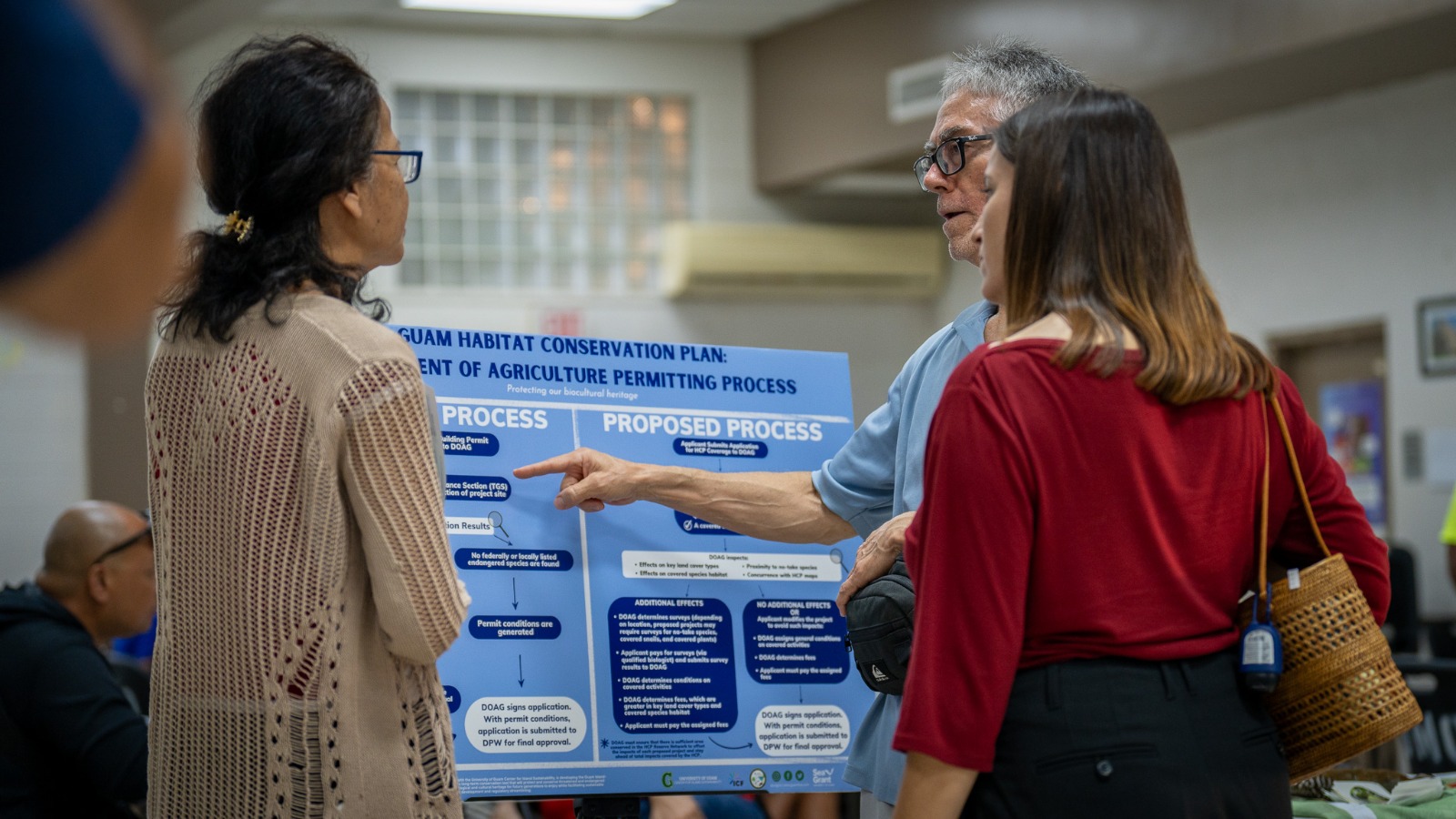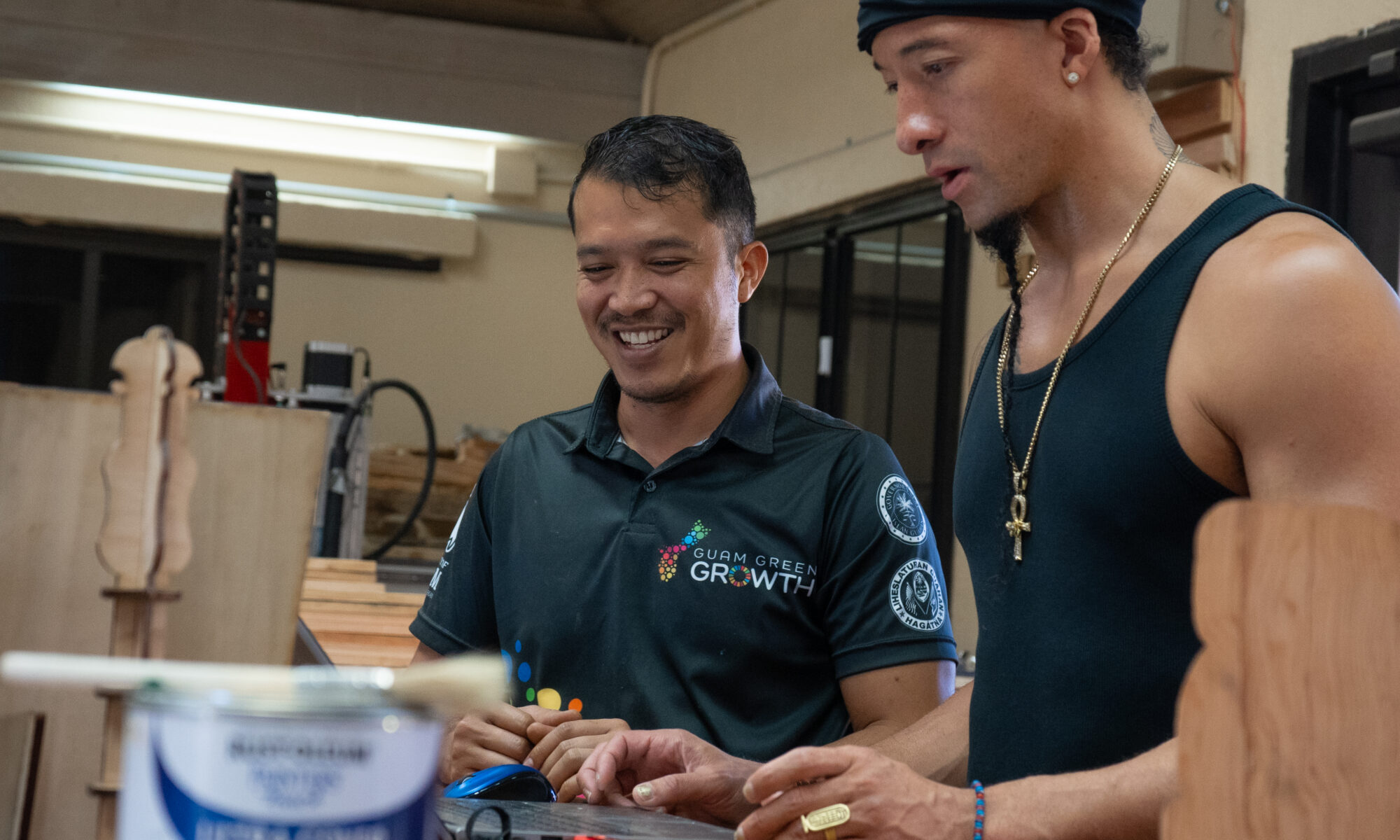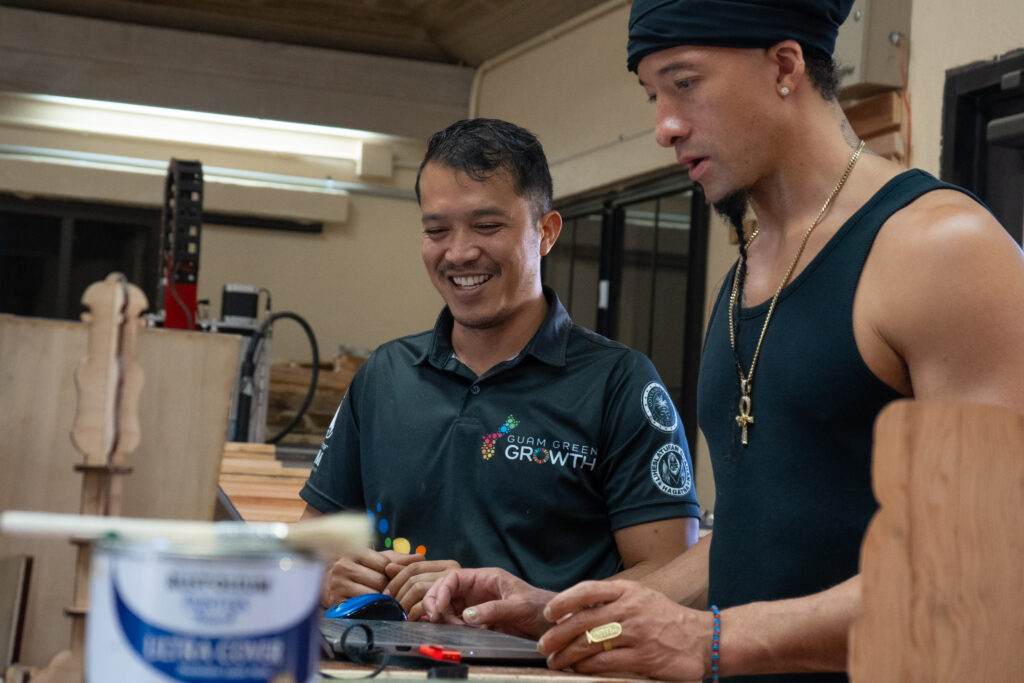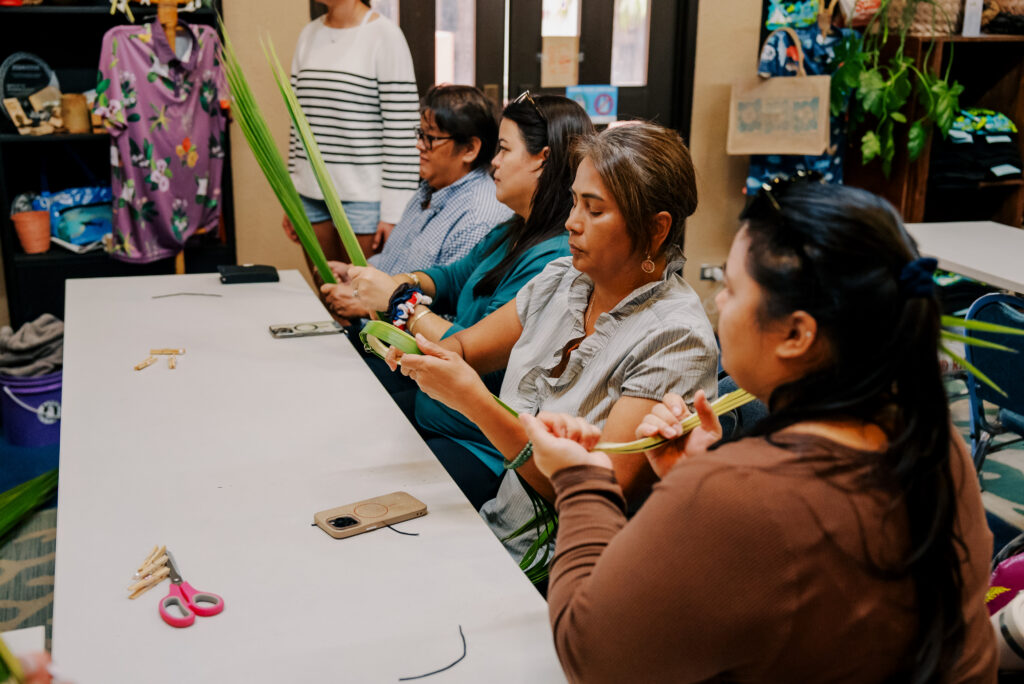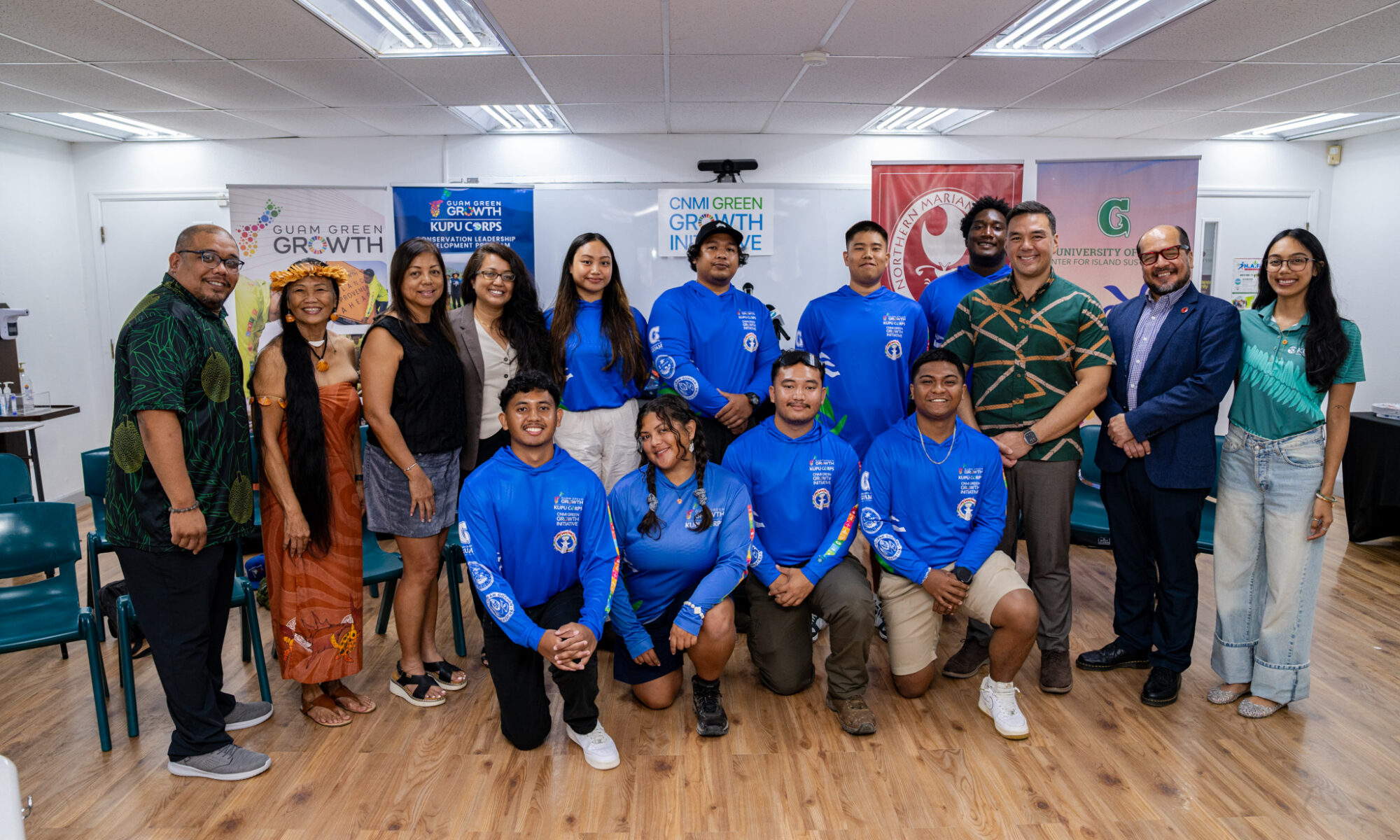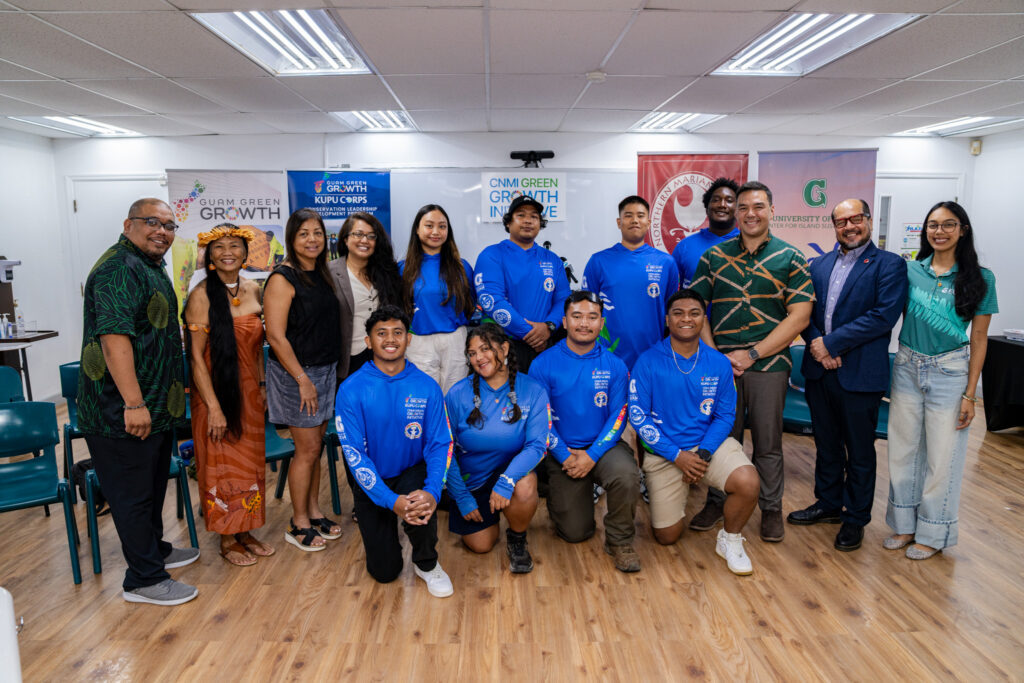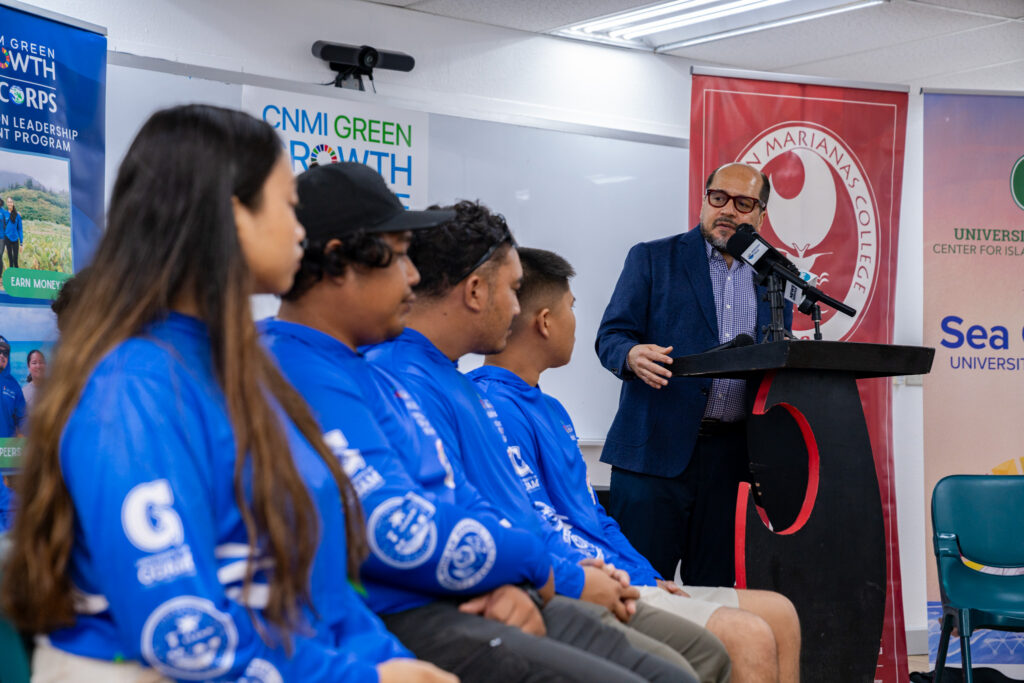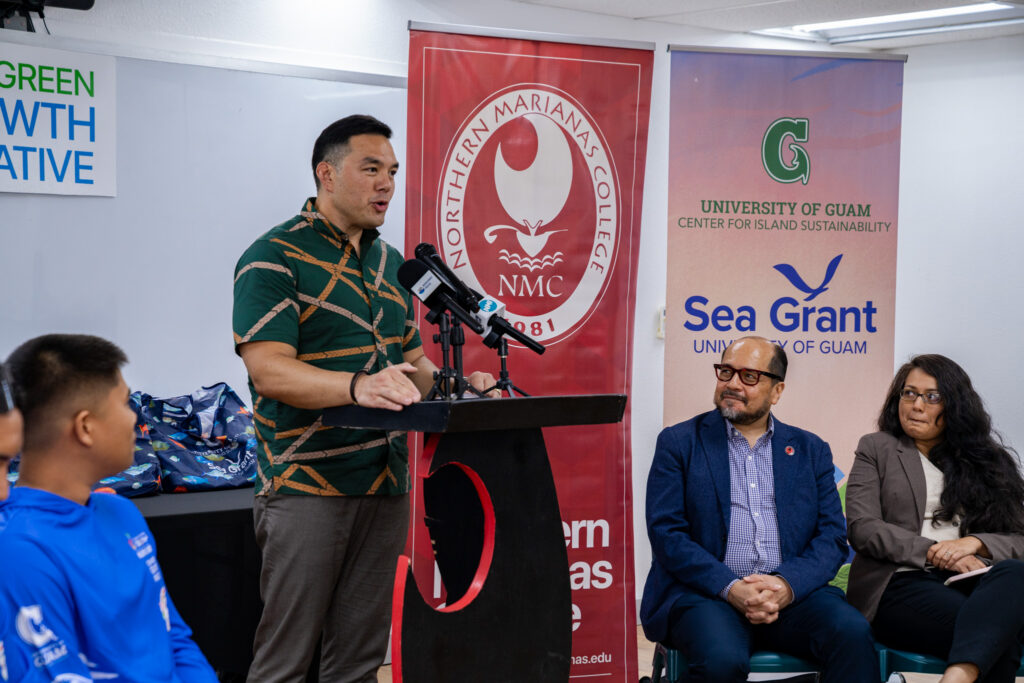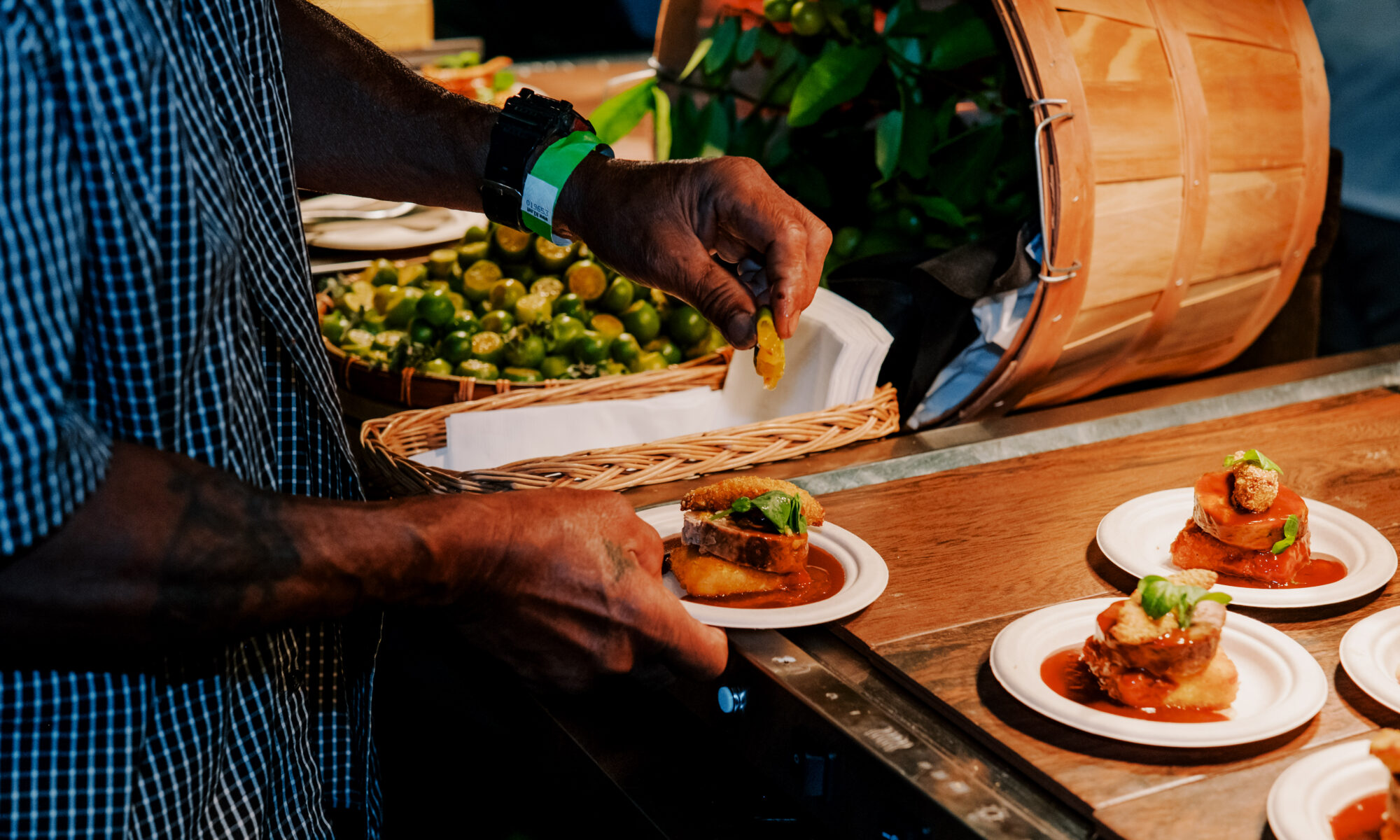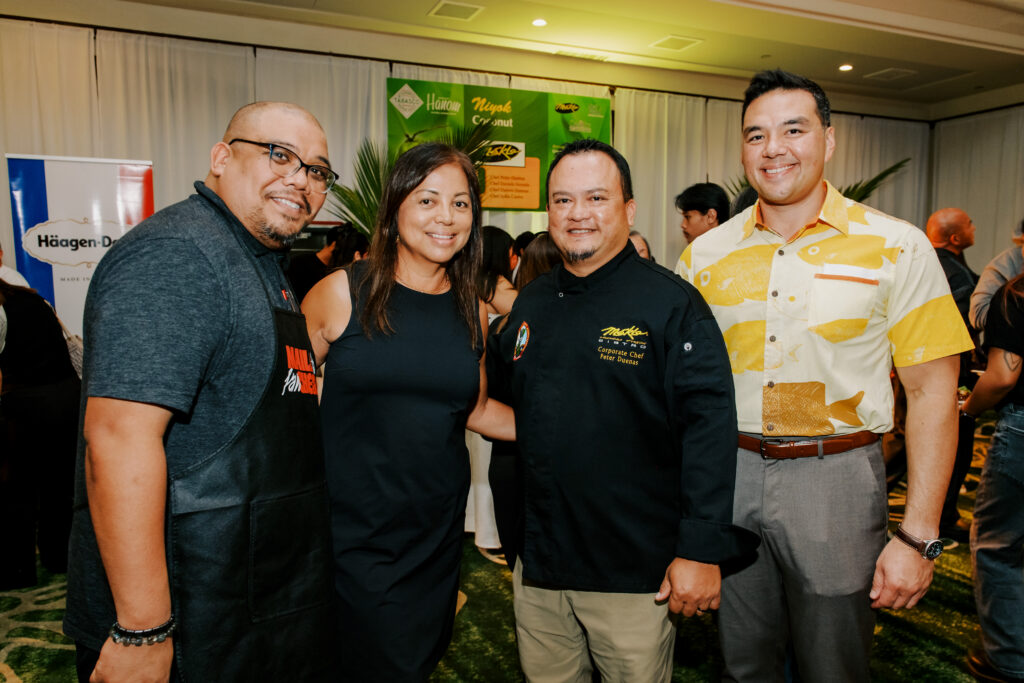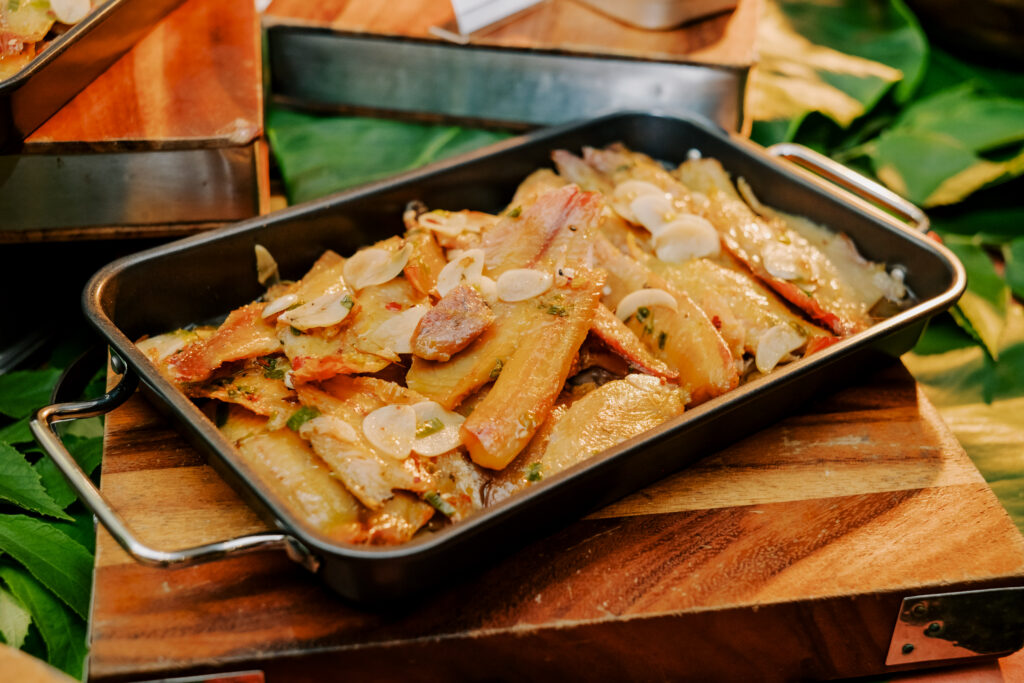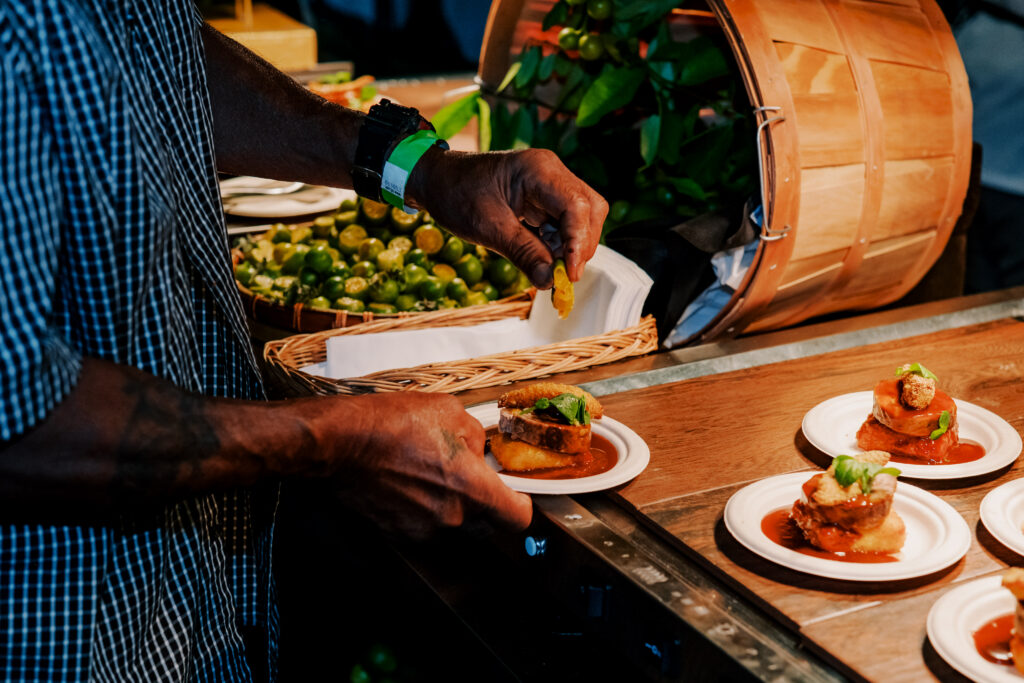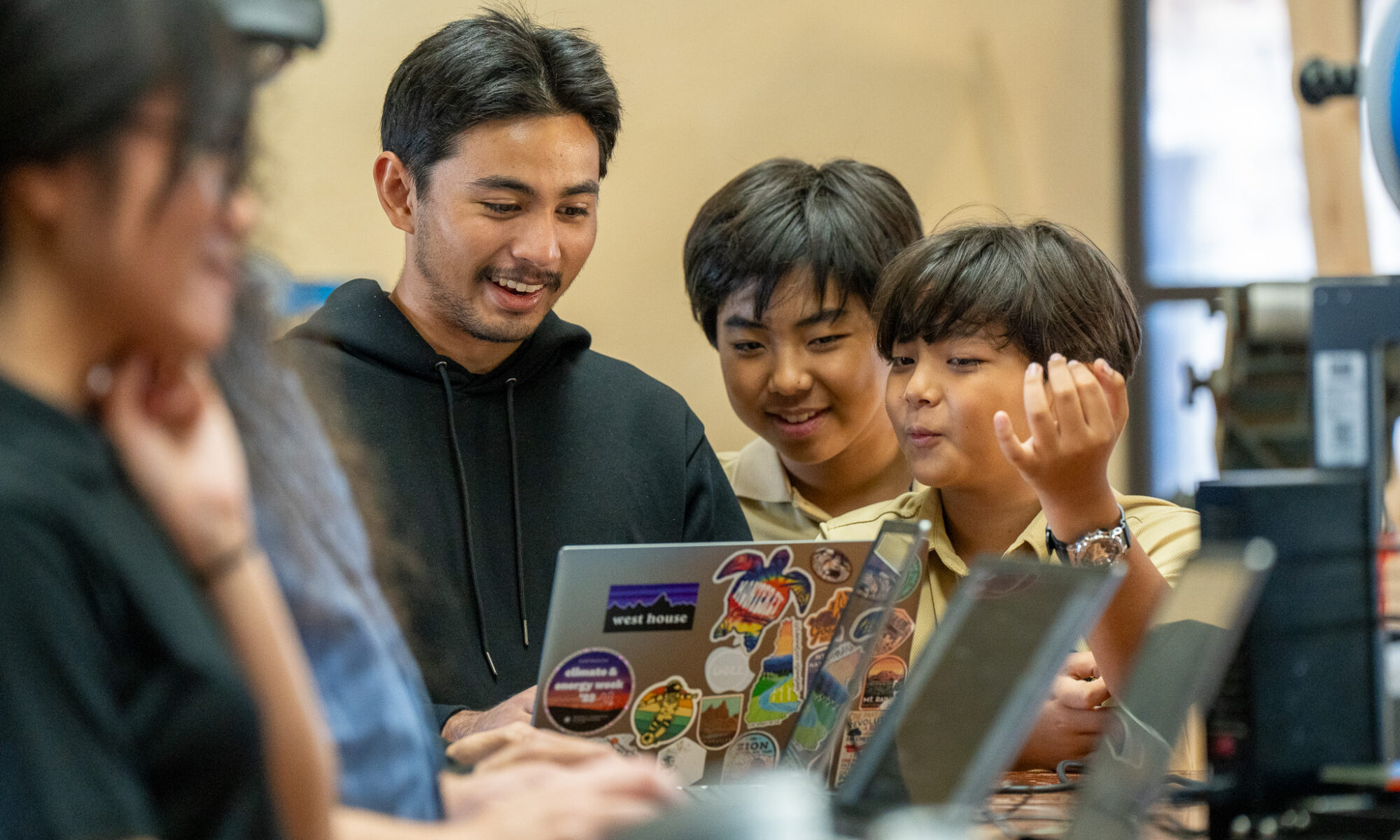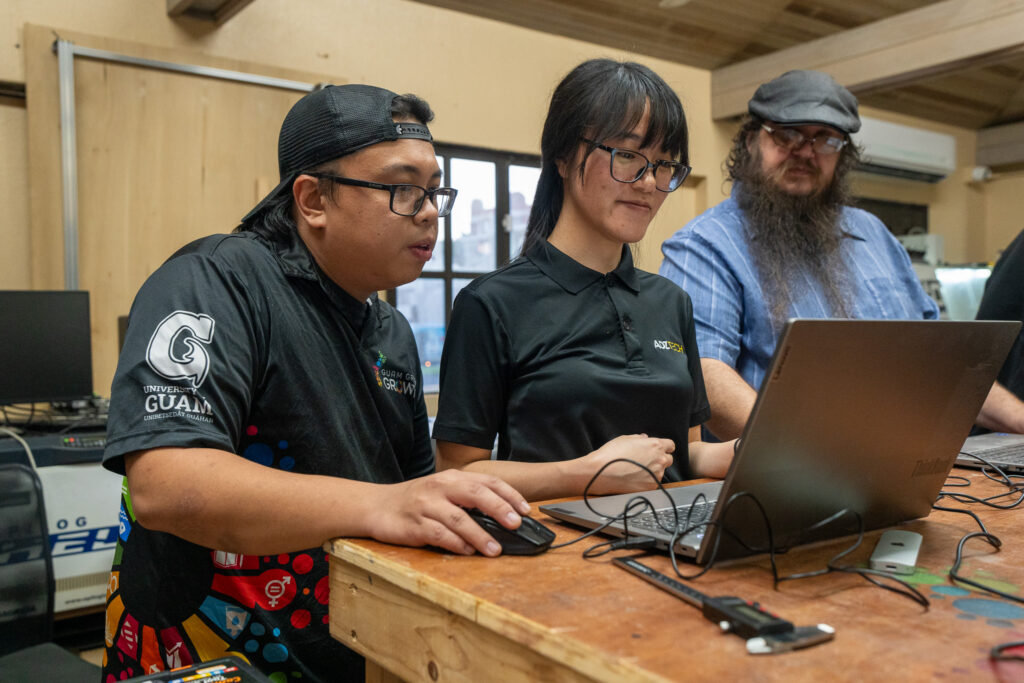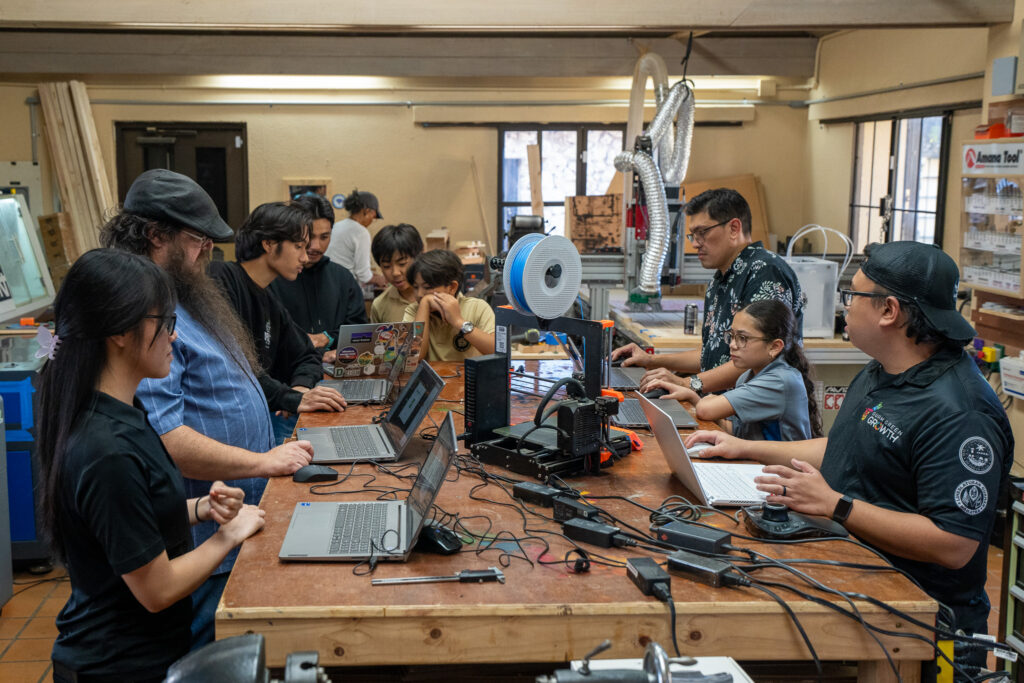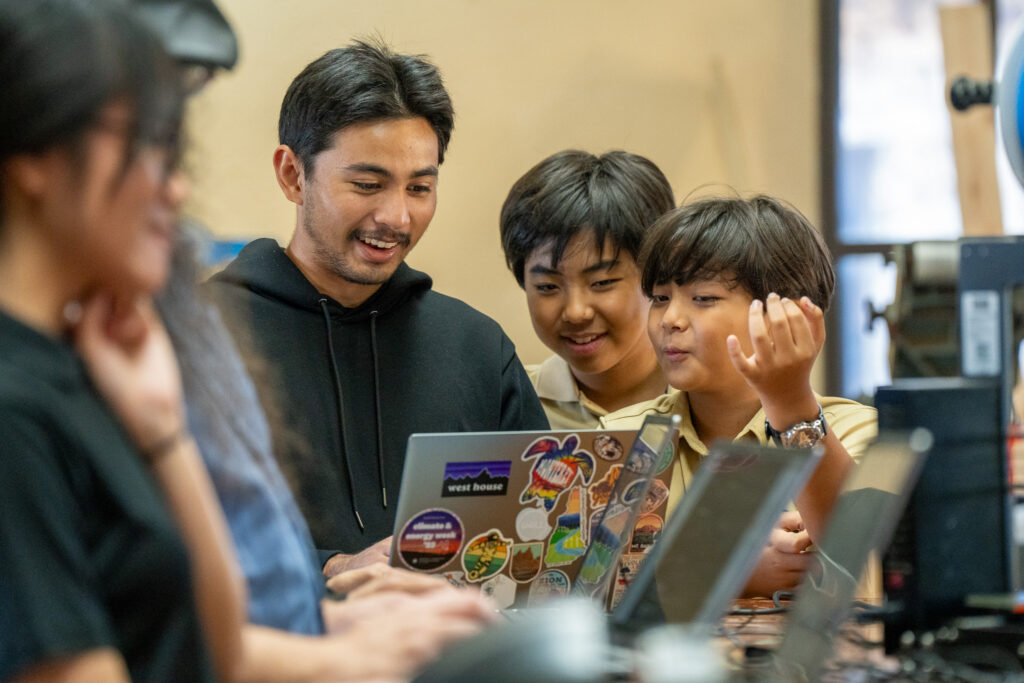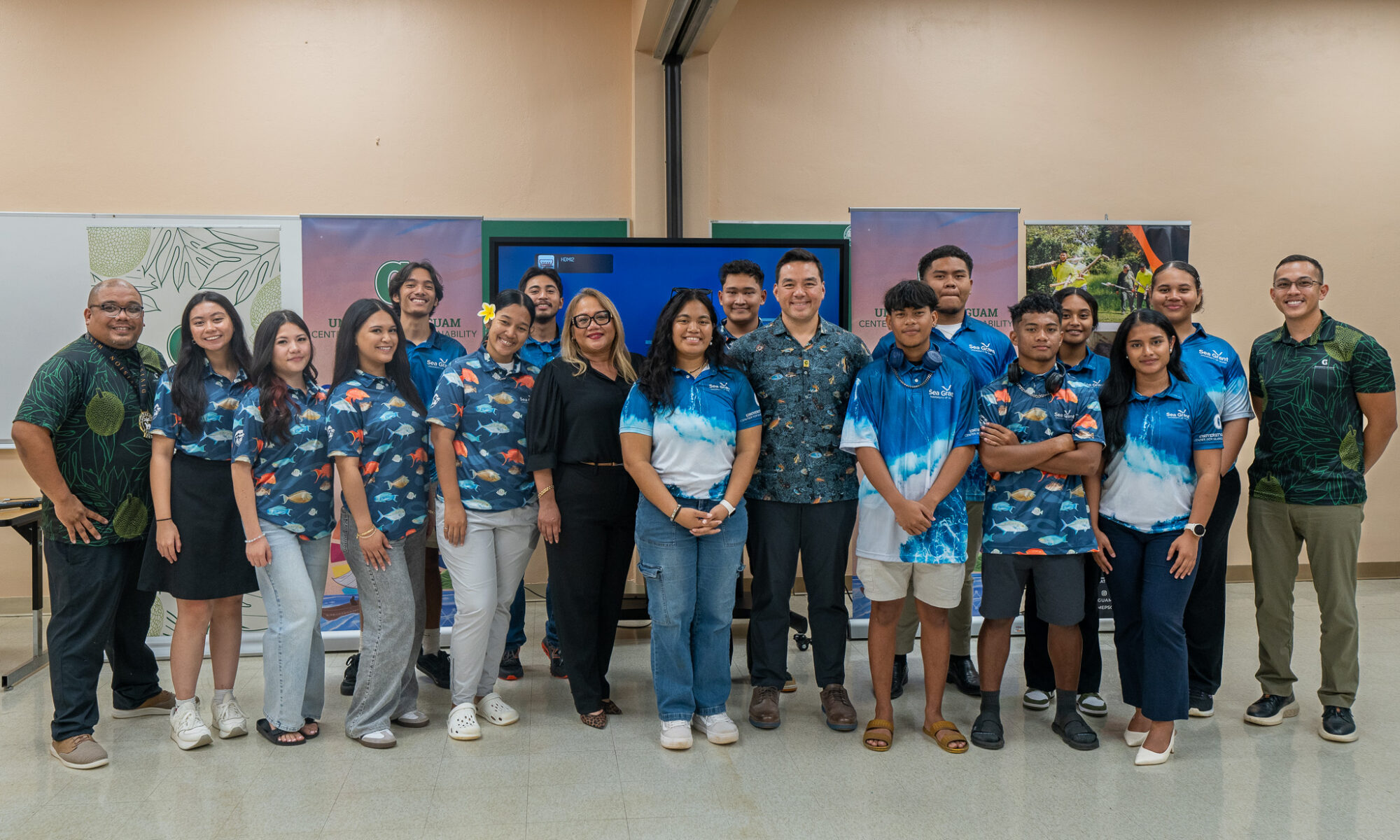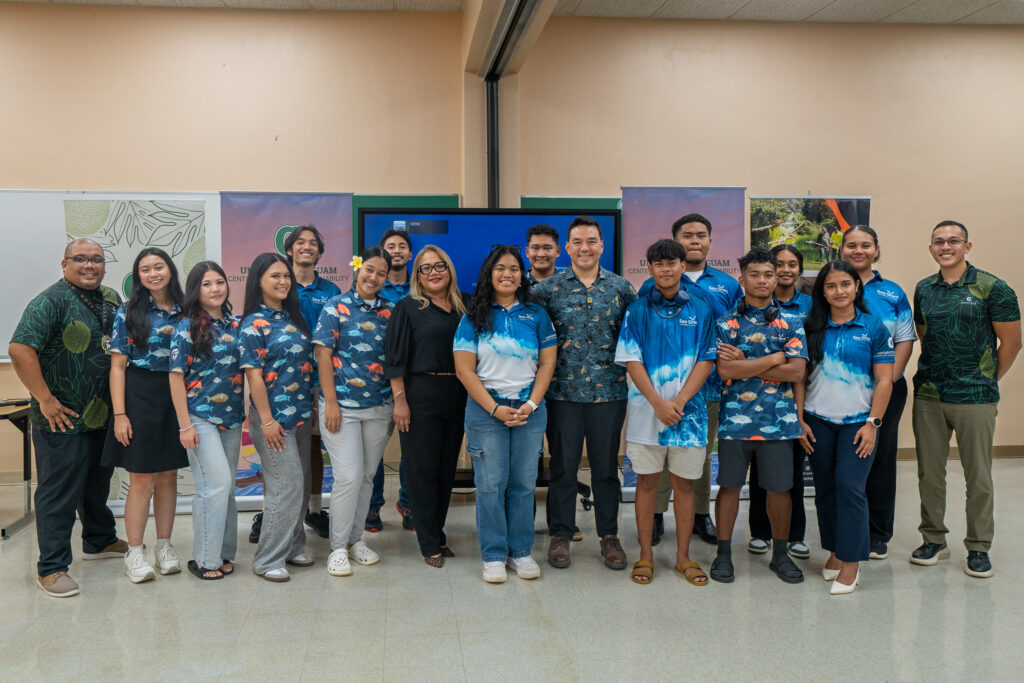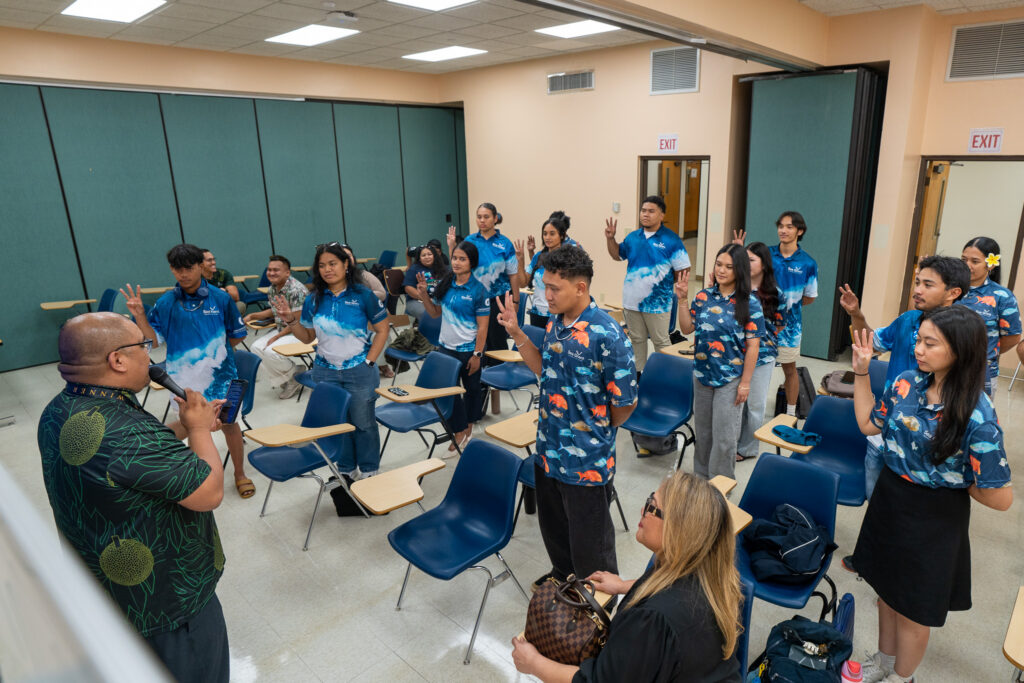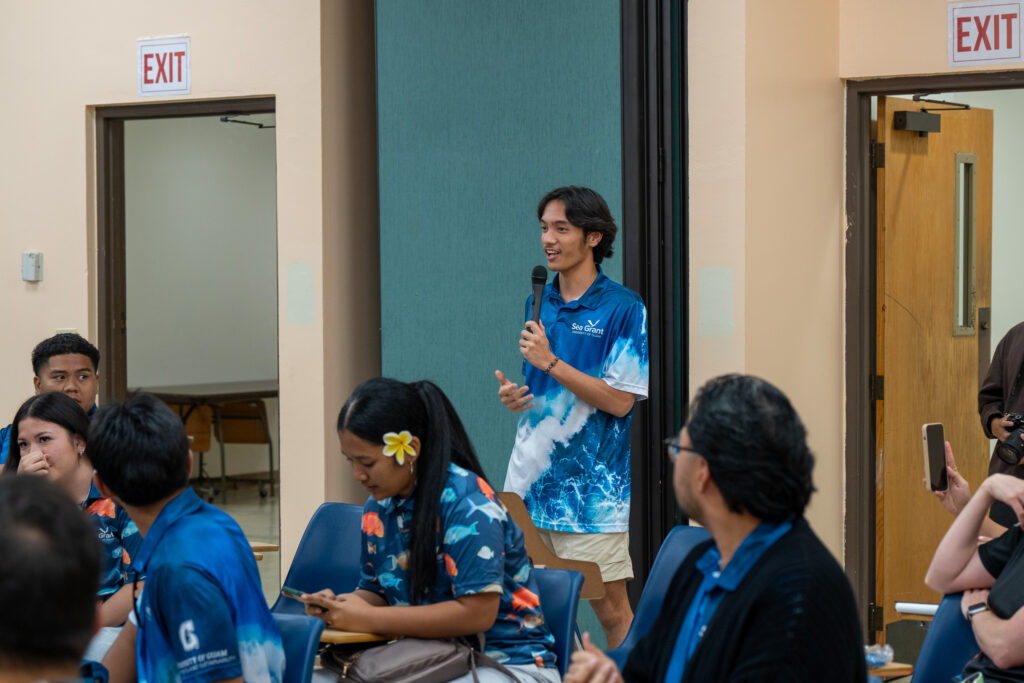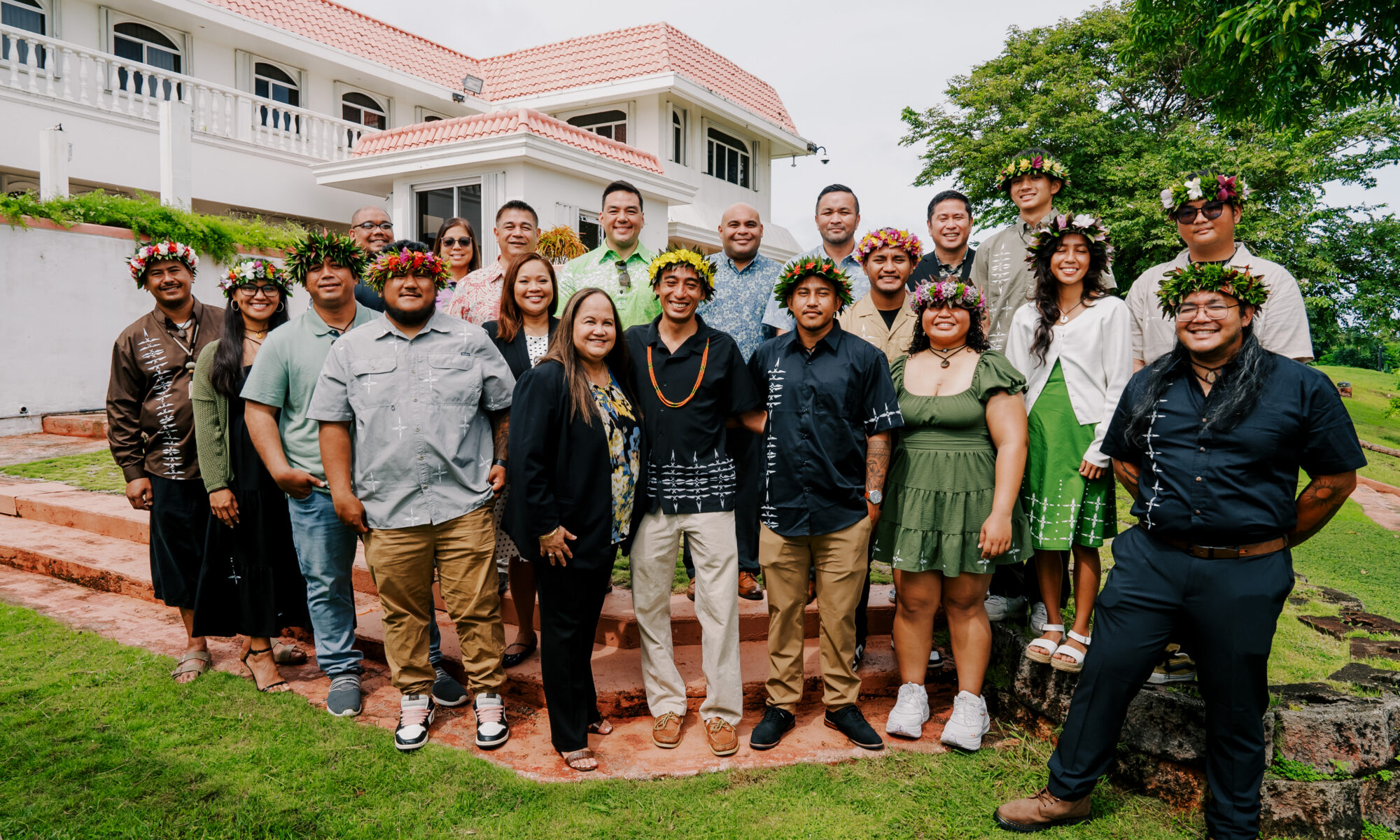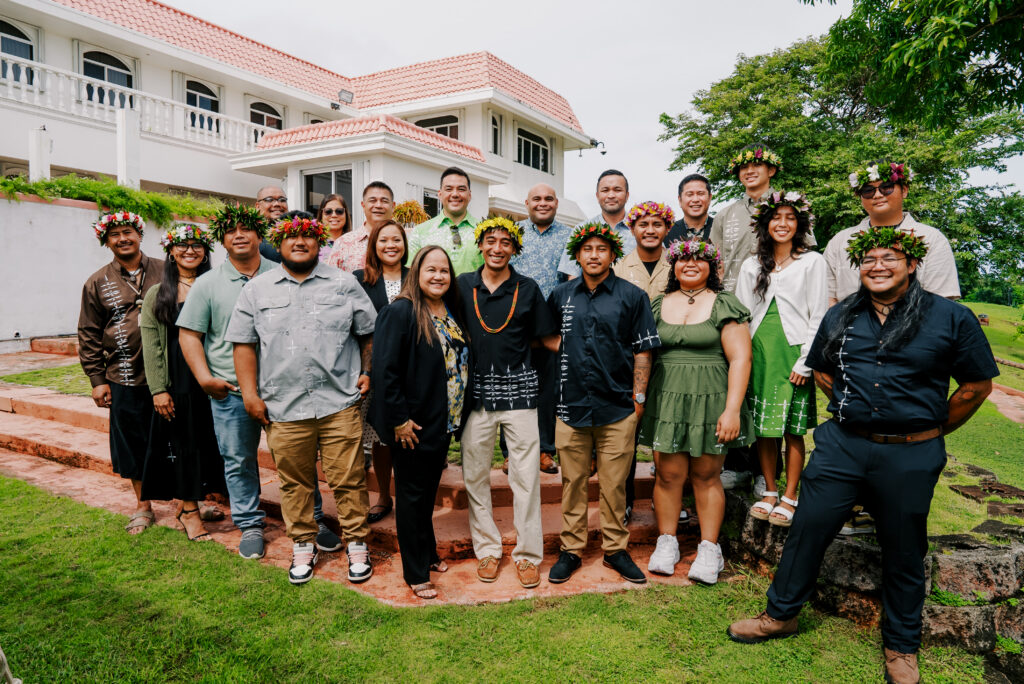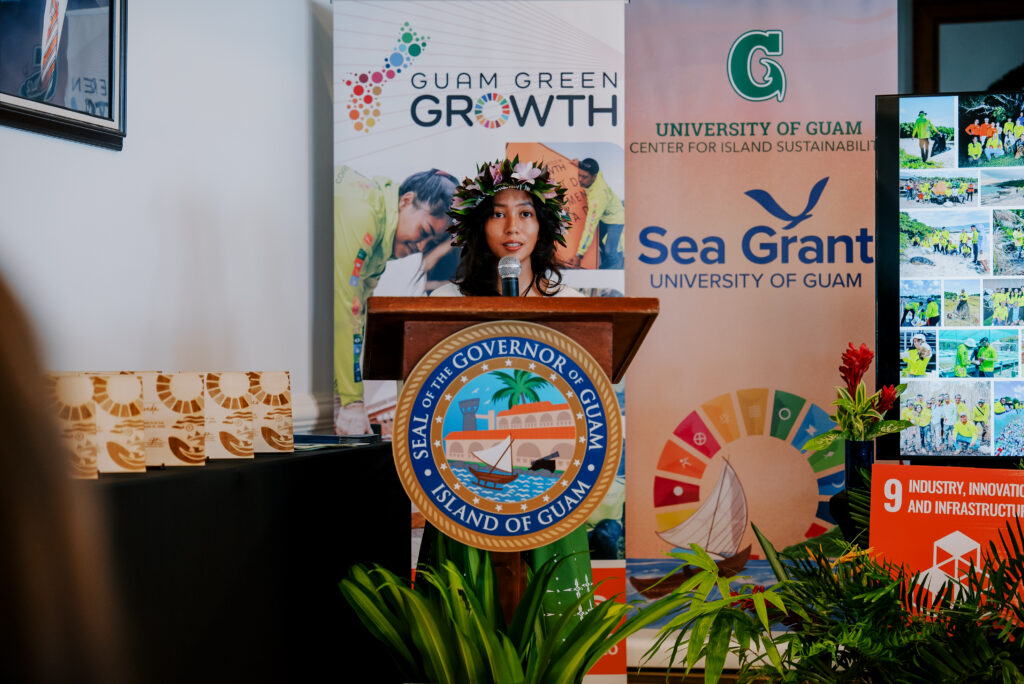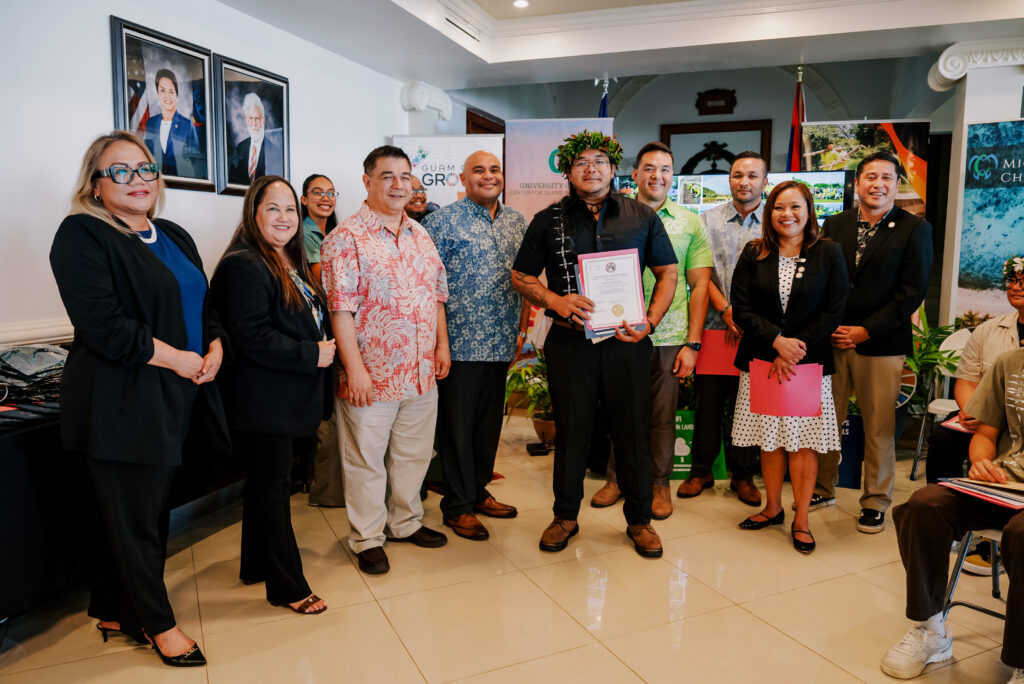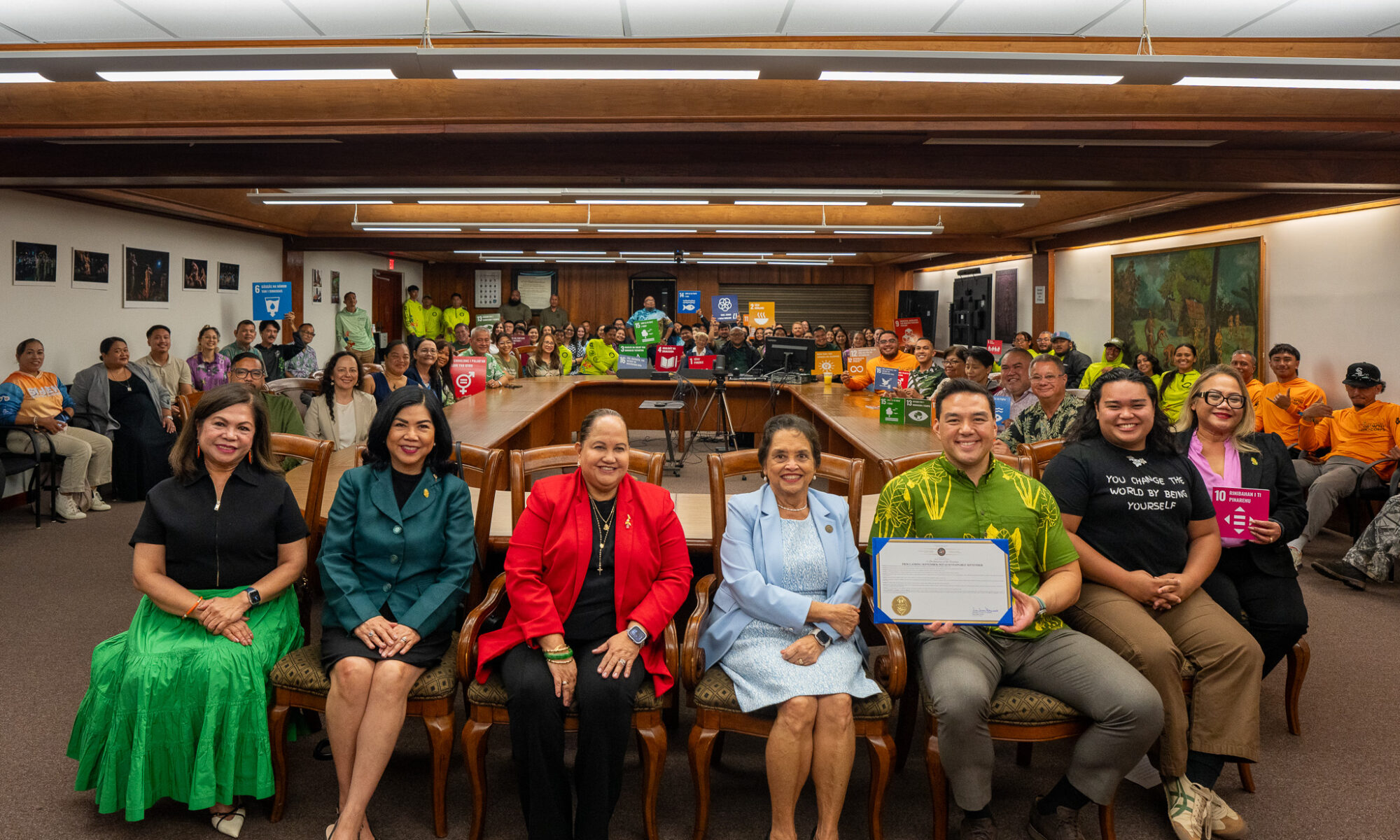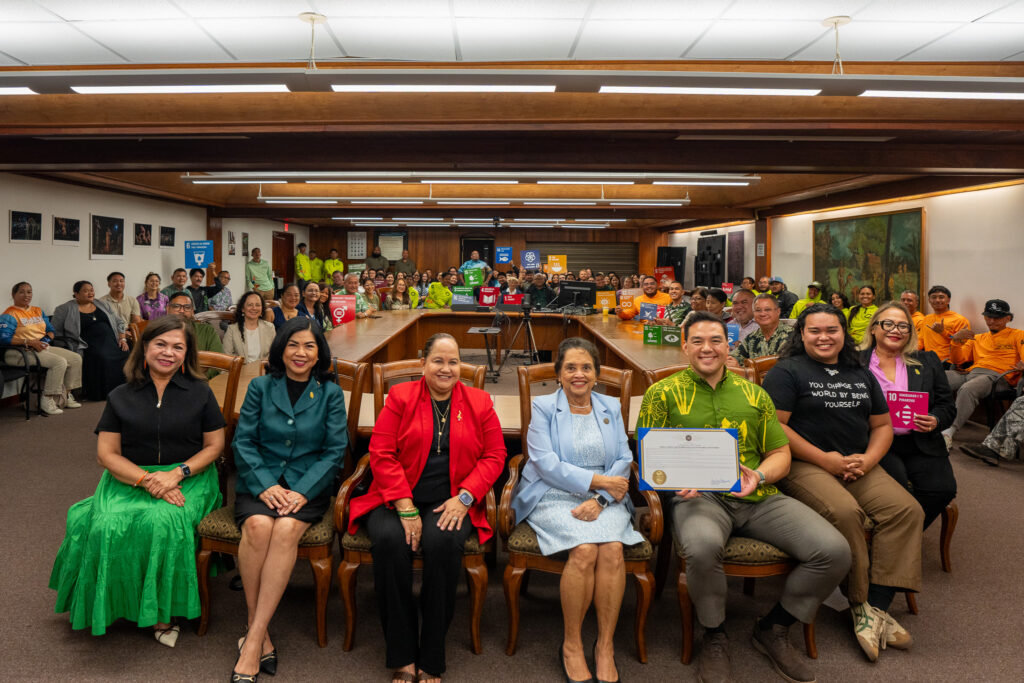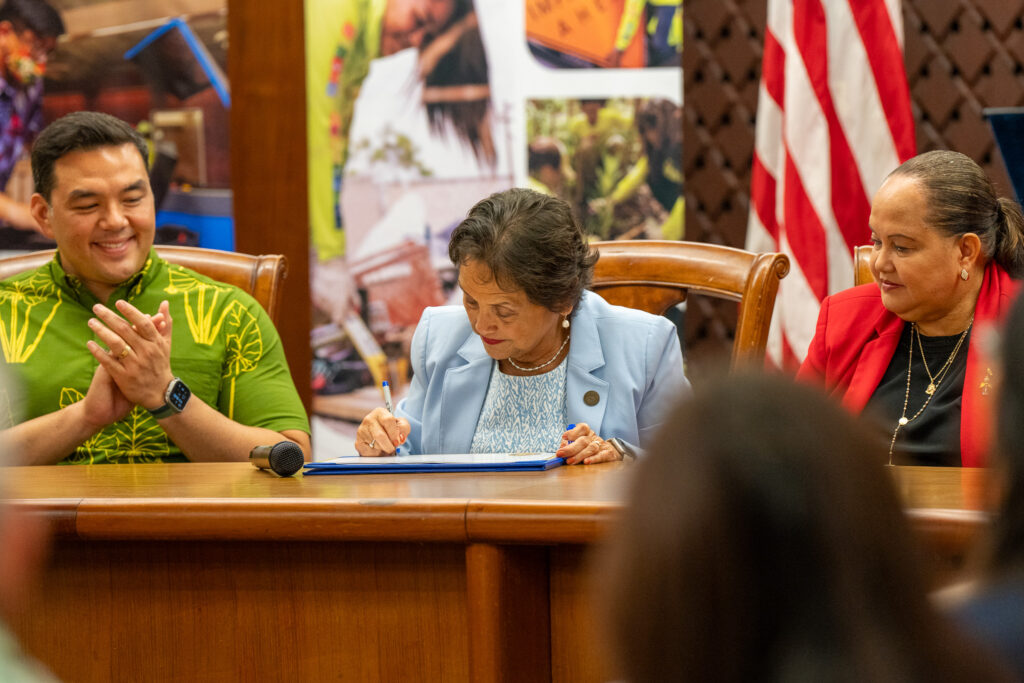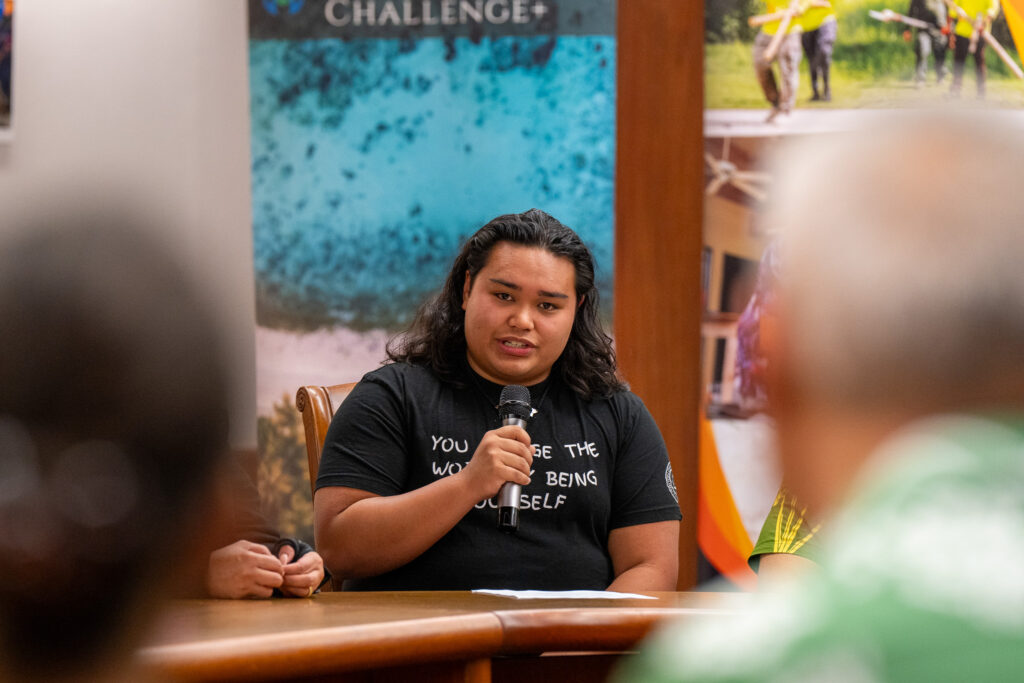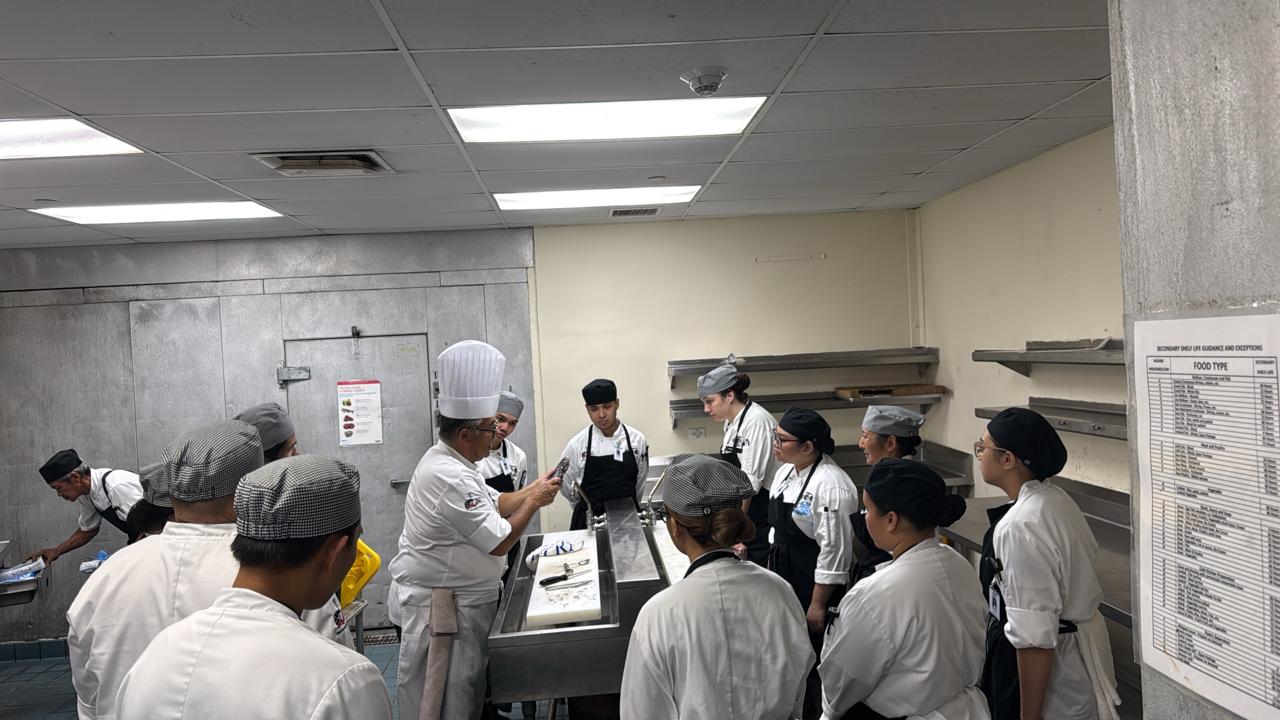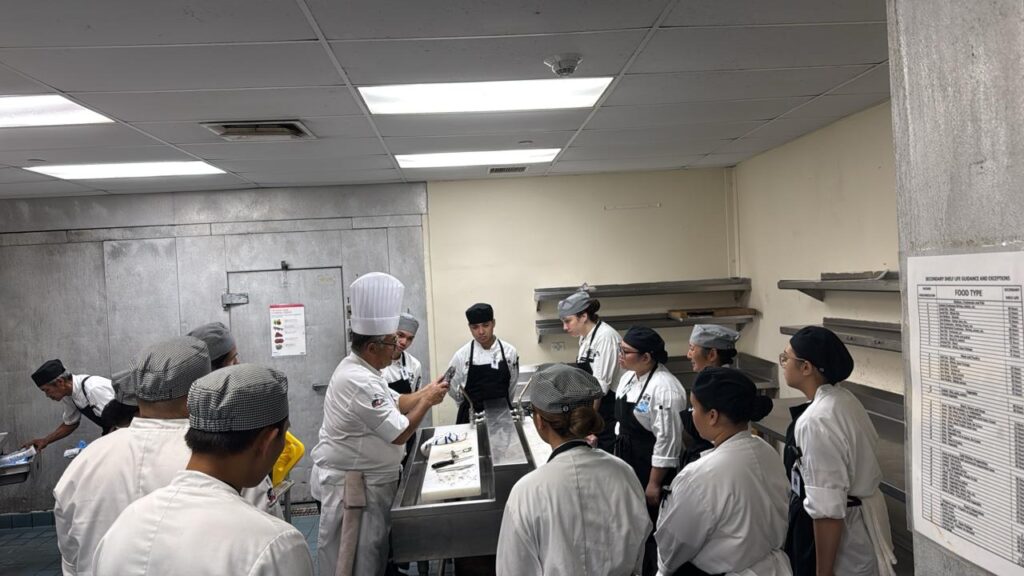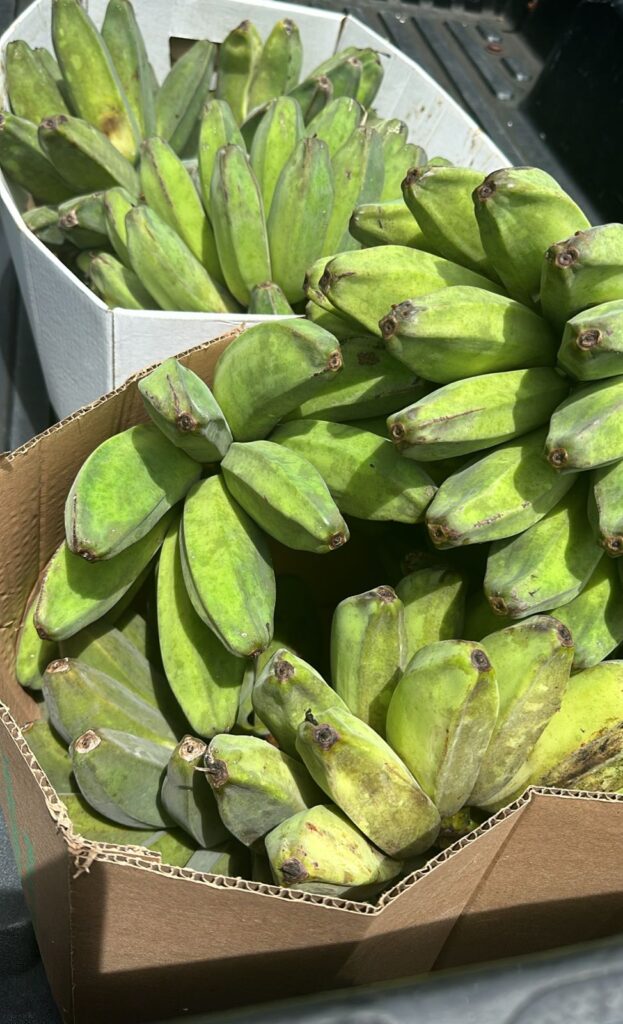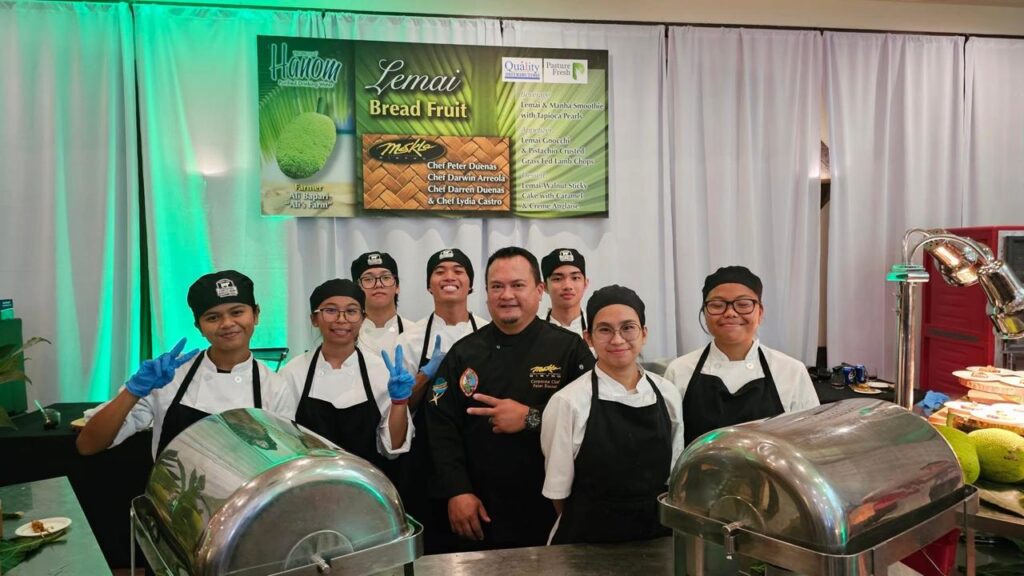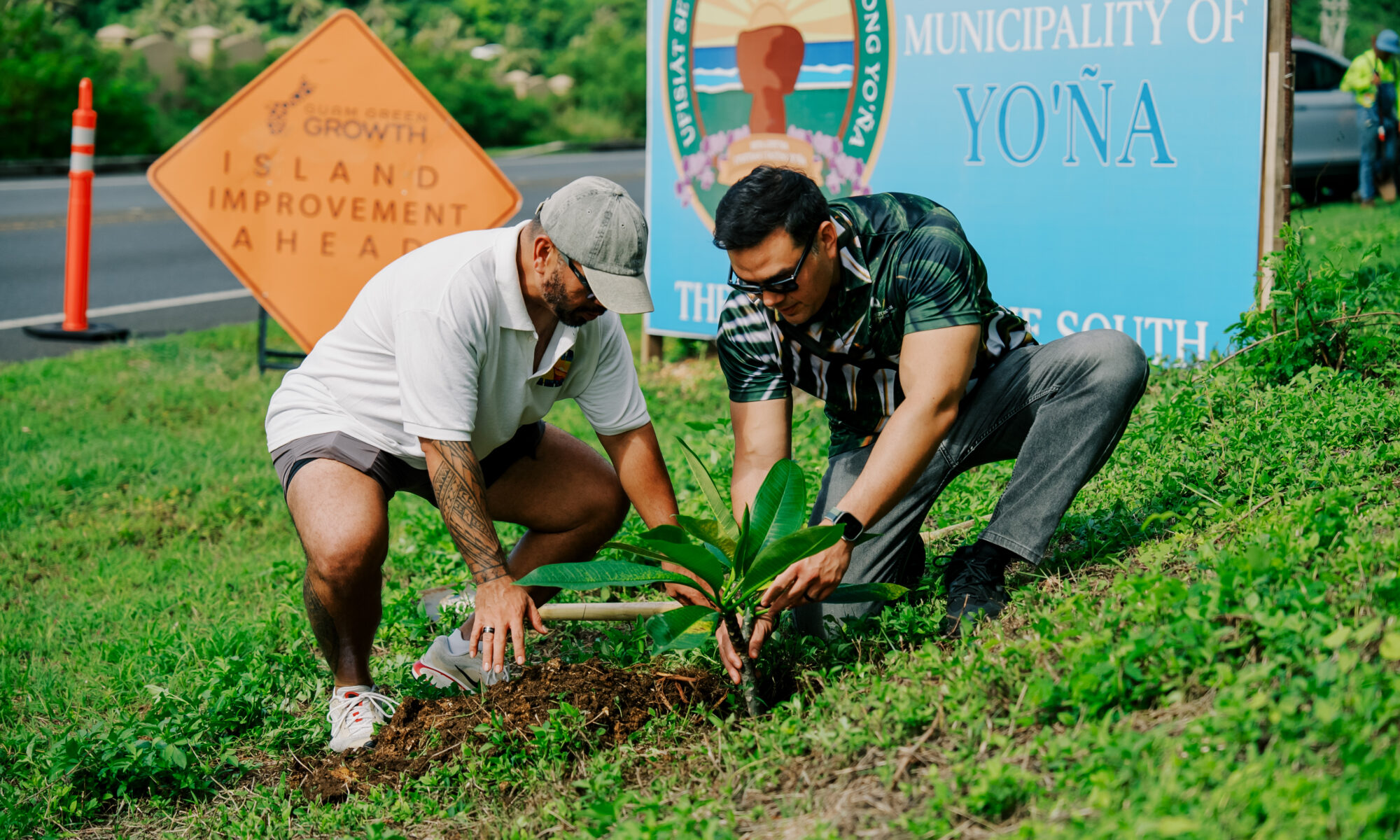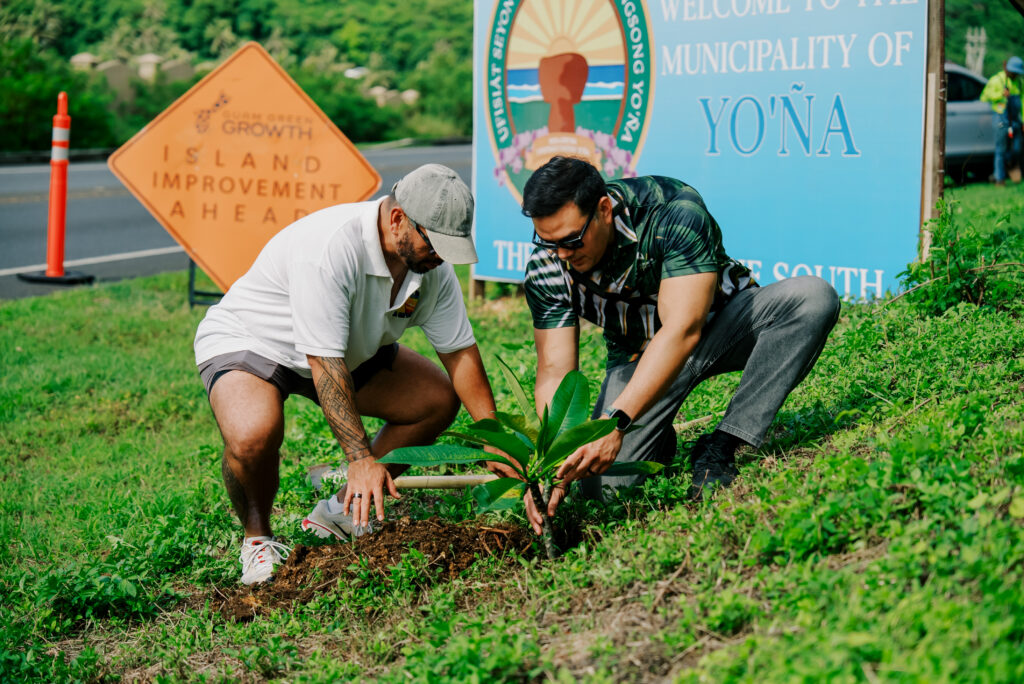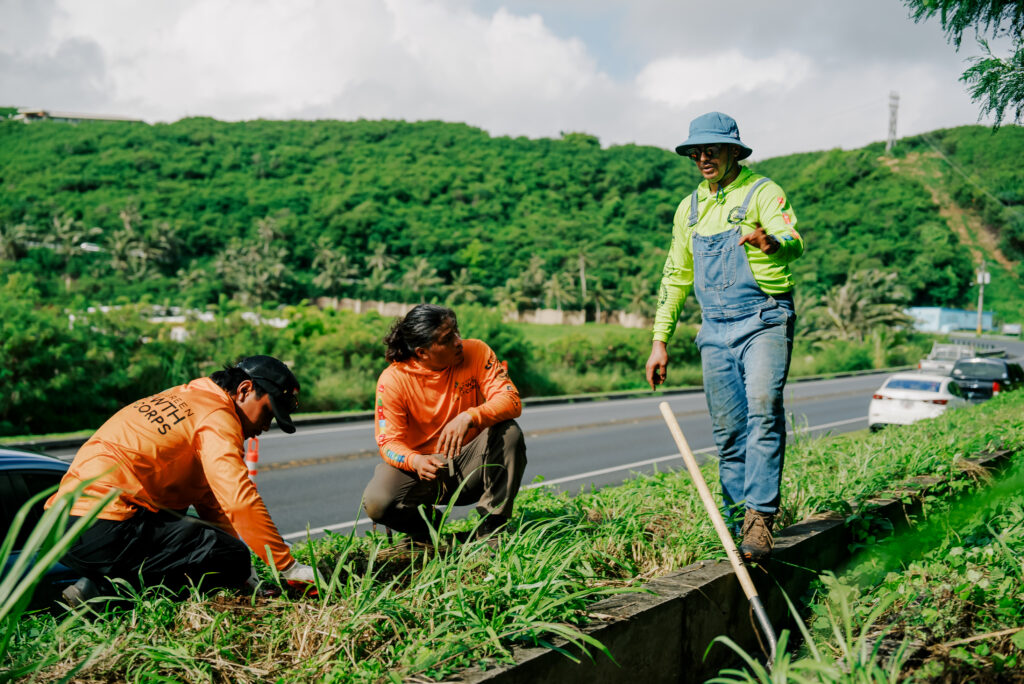Uncategorized
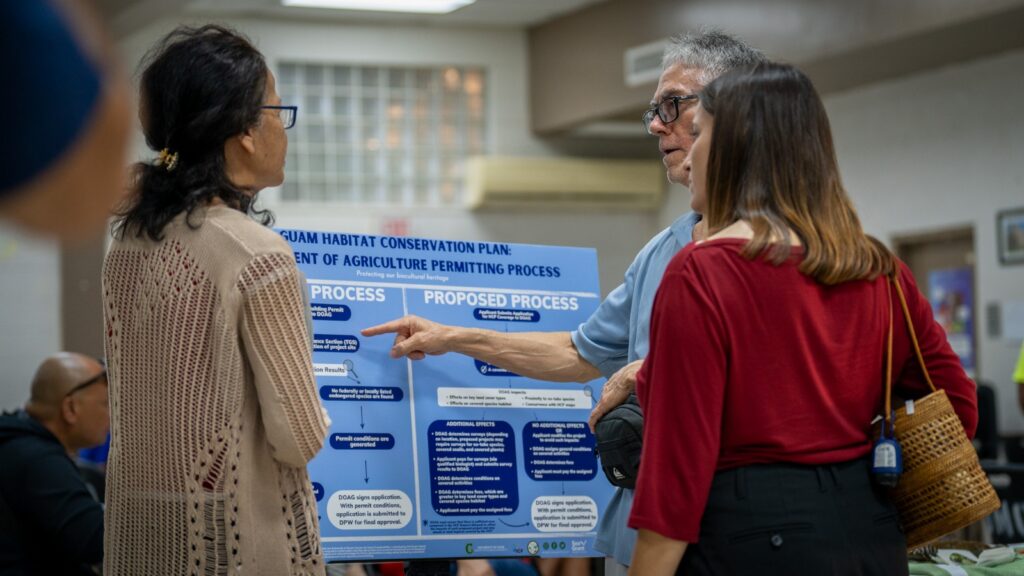
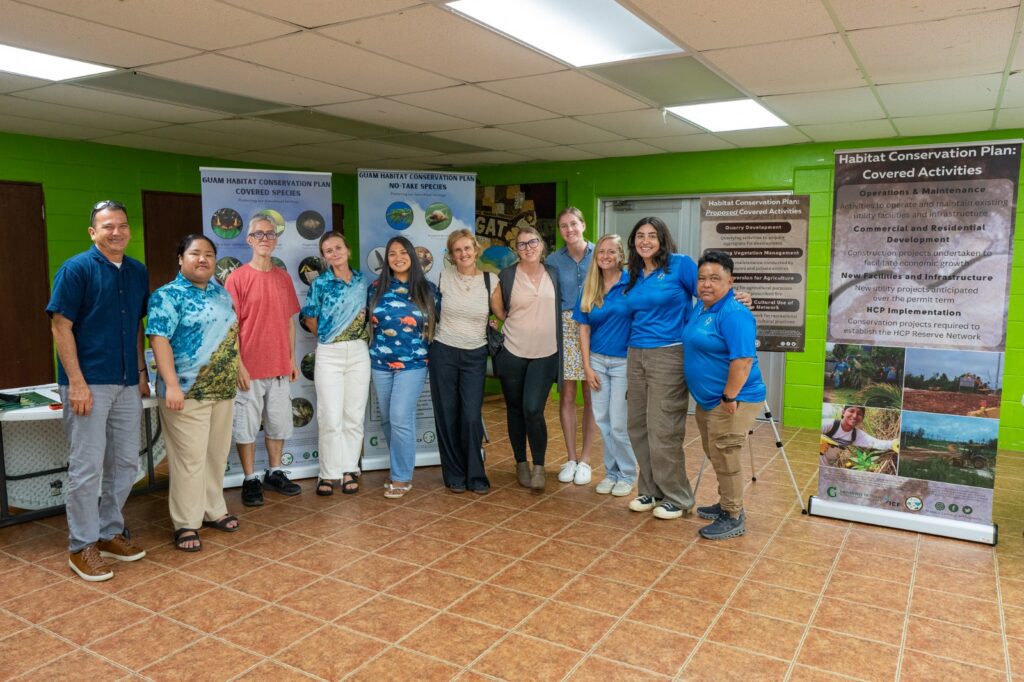
In partnership with the Guam Department of Agriculture’s (DOAG) Division of Aquatic & Wildlife Resources (DAWR), the University of Guam Center for Island Sustainability & Sea Grant (UOG CIS & Sea Grant) and ICF (a national leader in Habitat Conservation Plan consulting) held two public town hall meetings in Hågat and Dededo about the developing of the Guam Habitat Conservation Plan (HCP).
The HCP is being developed to balance the protection of Guam’s biodiversity and cultural heritage while still supporting sustainable infrastructure and building development. Work on the project began in 2020.
At the most recent HCP Town Hall meetings, the HCP Development Team asked members of the public to voice their concerns related to development and conservation.
“Some people expressed their concerns with the impacts on nature from unregulated development, which is a huge issue that DOAG continuously works toward addressing,” said UOG CIS & Sea Grant’s project associate and HCP Coordinator, Caley Jay Chargualaf. “That’s what makes the Guam HCP so important—it will ensure that DOAG can facilitate economic development on island and simultaneously prioritize the needs of our unique species.”
The town halls provided a platform for community members to speak to agency members working directly on developing the HCP.
“Through our outreach events, I’ve learned that many people wish our fanihi (Marianas Fruit Bat) were more abundant again” shares Chargualaf. “It’s a great opportunity to highlight how the HCP aims to directly benefit the fanihi, its habitat, and that of other plant and animal species on island.”
UOG CIS & Sea Grant’s Associate Director for Natural Resources, Else Demeulenaere Ph.D., highlights the importance of public input as the HCP continues to take shape.
“Community members are encouraged to participate in stakeholder groups, attend public meetings, and share their perspectives to help shape the plan,” said Demeulenaere. “Just as important, you can bring the conversation home, talk with friends and family about why the Guam HCP matters, and help build an understanding of how we can grow responsibly while safeguarding the species and habitats that make Guam unique.”
More information on the HCP can be found at http://www.guamhcp.com.


